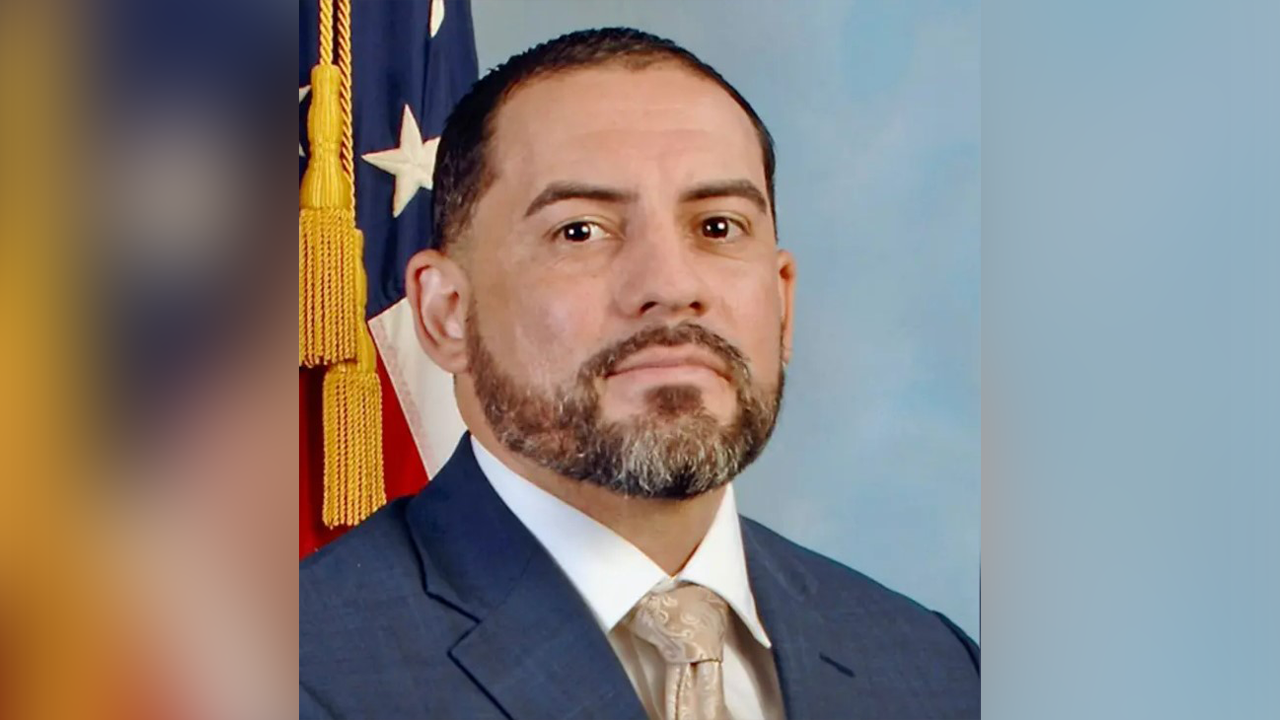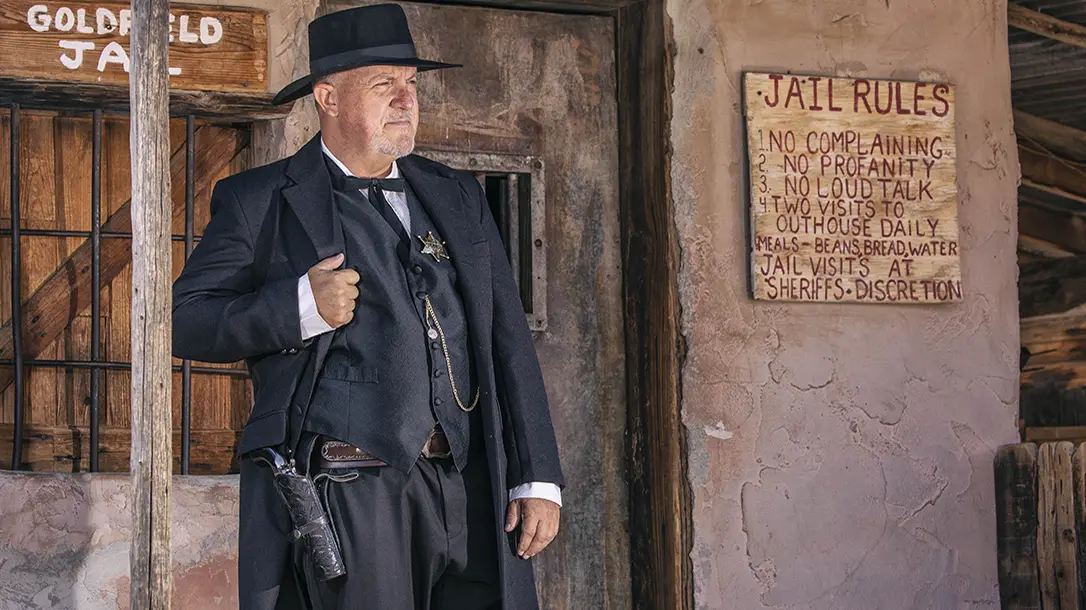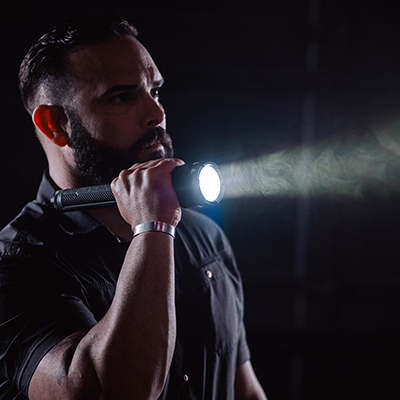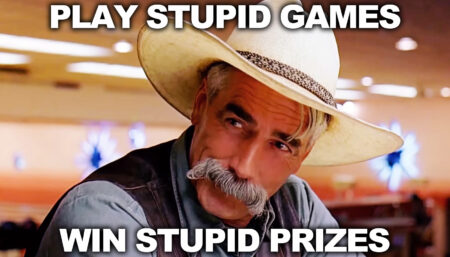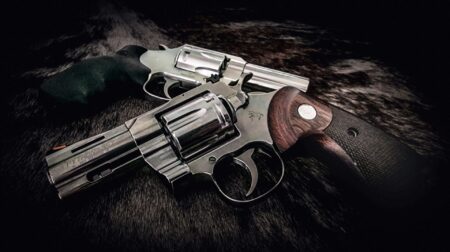There are certain things in life that never really change. It may have a different coat of paint, but in the end, it is the same. Nowhere is this more evident than in gunfighting. The primary goal remains the same across time. How somebody accomplished it and with what tools is about the only difference. I have long been a student of the Old West and of gunfighters, more specifically. The skills of men like Wild Bill Hickok show that they took gunfighting very seriously. Of course, it would be almost criminal, not to mention one of the Old West’s most famous gunslingers. Today we look at Old West gunfighting principles and Wyatt Earp.
Wyatt Berry Stapp Earp (March 19, 1848 – January 13, 1929) was an American Old West gambler, a deputy sheriff in Pima County, and deputy town marshal in Tombstone, Arizona Territory, who took part in the gunfight at the O.K. Corral, during which lawmen killed three outlaw cowboys. He was immortalized in the movie Tombstone (the best movie ever, by the way). Even more unique and fascinating is that in 1910, Wyatt Earp sat for an interview and discussed gunfighting. I have found it to be the direct line between modern times and the Old West. So much of what he talks about still applies today. In addition to that, his advice is solid and worth a listen if you are serious about gunfighting.
One of his most famous quotes was, “Fast is fine, but accuracy is final. You must learn to be slow in a hurry.” It doesn’t matter if you are in modern times breaking out your Glock in a dark alley or on the African plains throwing a spear at an enemy in the Middle Ages; this lesson applies. The truth is that only hits matter. When the black flag goes up, it is essential that we put rounds effectively on target as quickly as we accurately can. Shooting too fast often leads to poor accuracy and an undesirable outcome.
Wise and Timeless Words
In his interview, he stated, “When I say that I learned to take my time in a gunfight, I do not wish to be misunderstood, for the time to be taken was only that split fraction of a second that means the difference between deadly accuracy with a six-gun and a miss. It is hard to make this clear to a man who has never been in a gunfight. Perhaps I can best describe such time-taking as going into action with the greatest speed at which a man’s muscles are capable but mentally unflustered by an urge to hurry or the need for complicated nervous and muscular actions, which trick-shooting involves. I mean, ” mentally deliberate, but muscularly faster than thought.”
He said, “I was a fair hand with pistol, rifle, or shotgun, but I learned more about gunfighting from Tom Speer’s cronies during the summer of ’71 than I had dreamed was in the book. Those old-timers took their gunplay seriously, which was natural under the conditions in which they lived. Shooting, to them, was considerably more than aiming at a mark and pulling a trigger. Models of weapons, methods of wearing them, means of getting them into action and operating them, all to the one end of combining high speed with absolute accuracy, contributed to the frontiersman’s shooting skill.”

Same issues – Different Times
Earp addressed something that we experience in these modern times. “Cocking and firing mechanisms on new revolvers were almost invariably altered by their purchasers in the interests of smoother, effortless handling, usually by filing the dog which controlled the hammer, some going so far as to remove triggers entirely or lash them against the guard, in which cases shooters were fired by thumbing the hammer.” Like today, these men considered everything, including how to wear their guns and what was fastest. Today, this plays out among the 1.6 billion holster manufacturers nationwide. People are looking for that perfect rig. As you saw in his statement, these men tinkered with their guns even in the old West to make them the most effective fighting tools available.
We can read Earp’s statement that some take it a bit far, which is what we see today. People adjusting triggers on defensive handguns to the sub-two-pound range has become a thing. I am fearful that it will be much to their detriment. This also fits in with Earp’s opinion on flashy gunplay. “In all my life as a frontier police officer, I did not know a really proficient gunfighter who had anything but contempt for the gun-fanner or the man who literally shot from the hip. In later years, I read a great deal about this type of gunplay, supposedly employed by men noted for skill with a forty-five.”

Gunfighting
I believe that Earp was psychic and foresaw the plague of social media on the gun world. There are countless solid people sharing good information, but there are also those who simply make us put our faces in our hands and sigh. We have seen everything. He goes on in more detail and then touches on a very important point. “The most important lesson I learned from those proficient gunfighters was the winner of a gunplay usually was the man who took his time. Second, if I hoped to live long on the frontier, I would shun flashy trick-shooting—grandstand play—as I would poison. The sought-after degree of proficiency was that which could turn into the most effective account of the split-second between life and death. Hours upon hours of practice and wide experience in actualities supported their arguments over style.” Hour and hours of practice.
Do We Rise to the Occasion?
The idea is that somehow you will “rise to the occasion” when the truth is that you will fall to your lowest level of training. While we rarely think about old West gunslingers practicing, it is undeniable that they did. Only through practice and mastery of shooting could they manage to do what they did.
There is a question I get in classes regarding cowboy-style revolvers. Why they were only loaded with five rounds as opposed to six. Earp addresses this and more. “I have often been asked why five shots without reloading were all a top-notch gunfighter fired when his guns were chambered for six cartridges. The answer is merely safety. The hammer rested upon an empty chamber. Practiced gun-wielders had too much respect for their weapons to take unnecessary chances with them. it was only with tyros and would-bes that you heard of accidental discharges or didn’t-know-it-was-loaded injuries in the country where carrying a Colt was a man’s prerogative.” Once again, it is a topic that is as essential today as it was back then. Earp and all experienced gunslingers took firearm safety seriously. Not respecting a weapon had serious consequences both then and now.

Don’t Talk Smack
While I could dissect the interview over about 50 pages, I will close with this. “In the days of which I am talking, among men whom I have in mind when a man went after his guns, he did so with a single, serious purpose. There was no such thing as a bluff; when a gunfighter reached for his forty-five. Every faculty he owned was keyed to shooting as speedily and accurately as possible, to making his first shot the last of the fight. He just had to think of his gun solely as something with which to kill another before he could be killed. The possibility of intimidating an antagonist was remote, although the ‘drop’ was thoroughly respected, and few men in the West would draw against it.”

Mindset Above All Else
There are few things as crucial as the correct mindset. Being totally focused and committed to the moment is what wins a gunfight. The mind can not be distracted by the trivialities of the situation. “How will this affect me…what if I lose?”. These are thoughts that can creep in and distract you from the task at hand. If you are ever in this worst-case scenario, you must focus on one thing and one thing only – winning.
In Dodge City, Kansas, in the 1880’s, you had a 1 in 996 chance of being murdered. Compare that to Miami a hundred years later, when that number changed to 1 in 3,058. You were 300 times more likely to be killed in Dodge City than in modern Miami. The product of this environment was gunfighting skills driven by necessity. Wyatt Earp’s interview and many other written pieces on old-west gunfighting can be a priceless source of real-world application. As students of gunfighting, we would be well served by listening to the ultimate version of “Been there, done that.”
For More Information on Wyatt Earp Visit: https://en.wikipedia.org/wiki/Wyatt_Earp%27s_fame_and_reputation
Read the full article here



